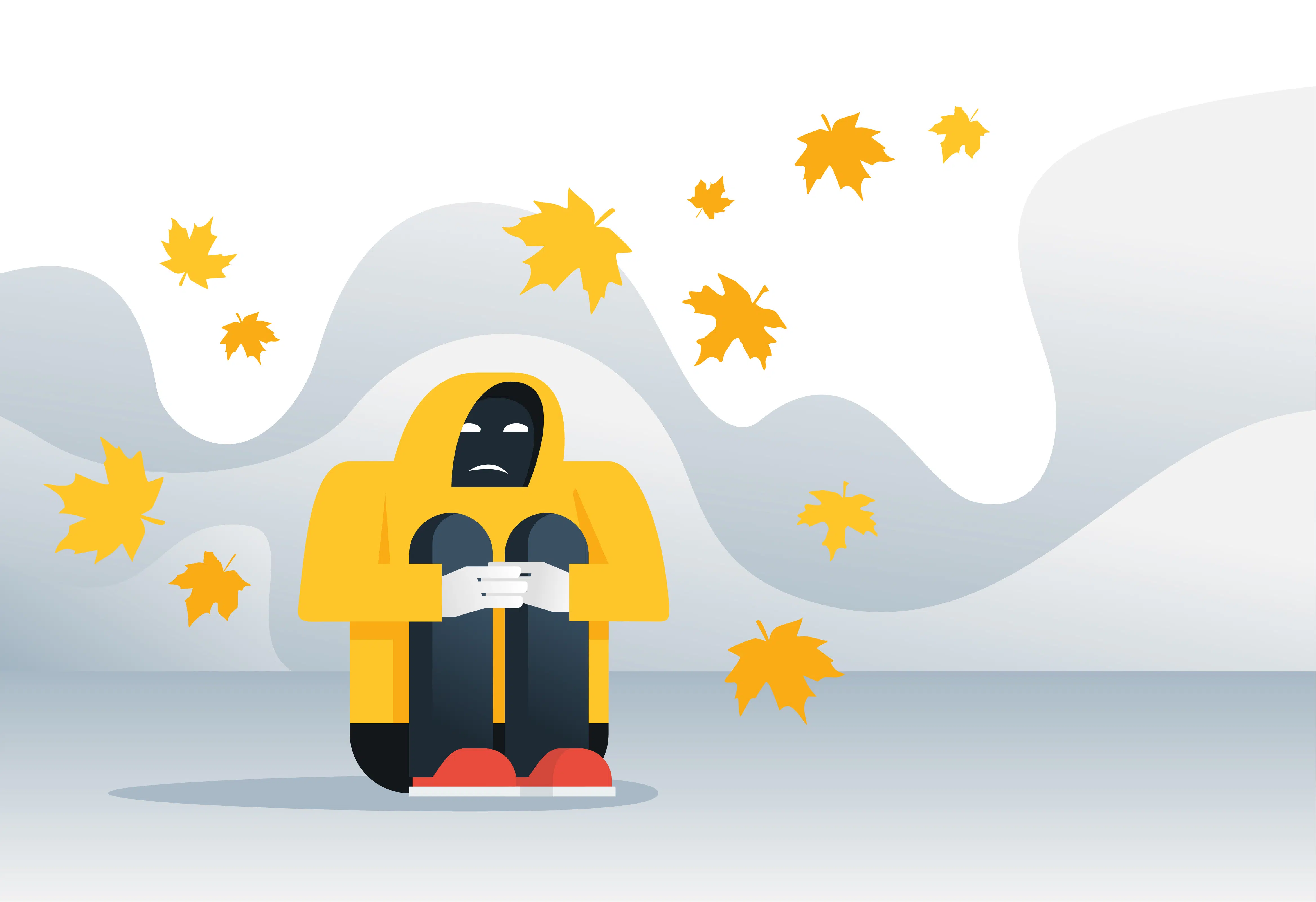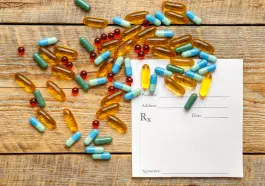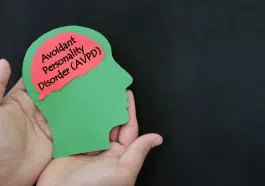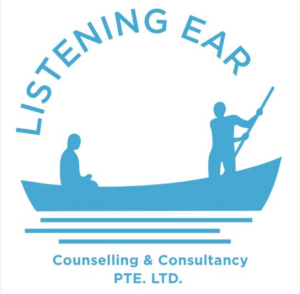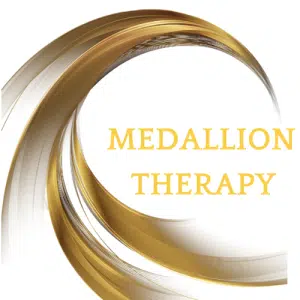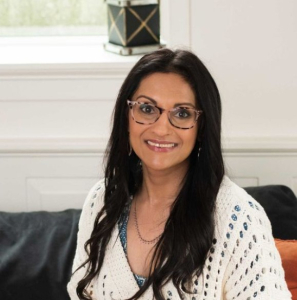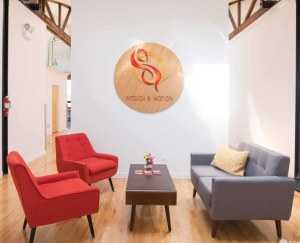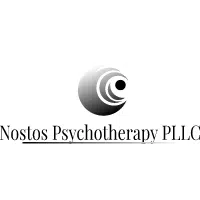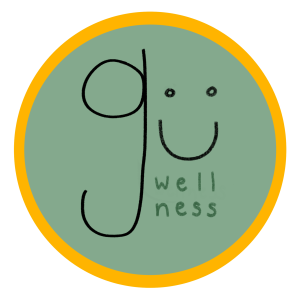Seasonal affective disorder (SAD) is a form of seasonal depression. SAD, also known as winter depression, begins and ends at almost the same time each year. SAD’s symptoms start in the fall through winter months. These symptoms tend to cease at the beginning of summer, and the individual begins to feel better. In severe cases, SAD affects someone’s capability to think and how they perform their daily activities.
In the U.S., about 11 million people are affected by SAD each year. Additionally, about 25 million people are affected by a milder seasonal depression known as winter blues.
Seasonal Affective Disorder- Causes
Though the exact cause of the seasonal affective disorder remains a puzzle, some scientists link the condition with attitude-related hormones in the brain. SAD is believed to be related to these hormonal changes that occur at a specific time of the year. A certain theory is that less sunlight during the winter season makes the brain generate less serotonin, which regulates mood in the brain. When the nerve cells regulating mood in the brain do not work to their full capability, the results are feelings of sadness and fatigue- symptoms that are linked with depression.
SAD starts at an early age and is usually more common in women than in men. Some individuals do not have serious symptoms of SAD, while others have serious symptoms that may affect work and relationships. Since SAD is related to lack of enough daylight during winter, this condition is rare in countries with sufficient sunshine all around the year.
Vitamin D deficiency is also linked to SAD. Vitamin D helps in boosting serotonin. However, since sunlight aids in producing vitamin D, less sunlight during winter will interfere with this vitamin production, affecting serotonin and mood.
Is There Summer Depression?
Yes, there is. Unlike winter depression, summer depression is a form of SAD that begins in the late spring or early summer and ends in the fall.
Signs and Symptoms of SAD
Seasonal affective disorder (SAD) is not considered a separate disorder but rather a form of depression that occurs when seasons change. SAD symptoms mainly last for about 4-5 months each year. Therefore, symptoms associated with SAD include the ones associated with major depression and those linked particularly with winter-pattern and summer pattern SAD. However, the following symptoms may vary from one person to the other:
Symptoms related to major depression include:
- Losing interest in hobbies
- Feeling agitated
- Low concentration
- Changes in appetite and weight
- Difficult in sleeping
- Frequent suicidal thoughts
- Feelings of hopelessness and worthlessness
- Feeling depressed all the time
- Low energy
Additional specific winter-pattern SAD symptoms include:
- Hypersomnia (oversleeping)
- Weight gain
- Craving carbohydrates
- Withdrawal from social settings
Specific summer-pattern SAD symptoms include:
- Loss of appetite leading to weight loss
- Anxiety
- Episodes of violent behaviors
- Agitation and restlessness
- Insomnia (trouble sleeping)
Seasonal Affective Disorder (SAD) Diagnosis
If you have symptoms of SAD, see your doctor for a proper diagnosis. The doctor will evaluate you and provide you with the exact results. Since the seasonal affective disorder is just a sign of a serious underlying mental health problem, it’s advisable to get the doctor’s advice before opting for over-the-counter medicines.
Your doctor may refer you to a mental health practitioner who will talk to you about your symptoms. They assess the pattern of your symptoms to decide whether indeed you are suffering from SAD or other mood disorders. In some cases, they might require you to fill a questionnaire to have a clear diagnosis.
Are There Tests To Diagnose SAD?
There are blood tests or scans needed to diagnose seasonal affective disorder. However, your doctor might recommend some tests to rule out other conditions with similar symptoms.
Seasonal Affective Disorder (SAD) Treatment
There are different options for SAD treatment. They include:
- Antidepressant medication: Your health care provider may recommend you some medication for depression, alone or with light therapy
- Phototherapy: Bright light therapy is also an option for SAD treatment
- Spending time outdoors: As mentioned, it’s believed that the greatest cause of SAD is lack of enough sunlight. Therefore, more sunlight can ease the symptoms. Ensure that you spend most of your day outdoors to get as much sunlight as possible.
- Cognitive-behavioral therapy (CBT): CBT is a type of talk therapy that effectively treats SAD. It’s believed to produce long-lasting effects on any kind of treatment.
- Vitamin D supplements can also improve the symptoms
Seasonal Affective Disorder and Light Therapy
To use light therapy, you’ll need a special lamp. The light comes with white fluorescent light tubes enclosed with a plastic screen to prevent ultraviolet rays from affecting your eyes. The light is usually 20 times brighter than common indoor light. The lamp produces light that is about 10,000 lux. It’s recommended that you do not look at the light directly but rather place it about 2-3 feet away as you conduct your activities.
Light therapy should be used in the morning hours. This kind of therapy during the daytime may lead to insomnia. About 10,00 lux for 15-30 minutes each morning should improve your symptoms.
Most people who use a lamp for SAD report positive results within 2-4 days of use. However, some take up to two weeks to see some positive results.
Since SAD symptoms can reoccur immediately after stopping light therapy, it’s advisable to use this therapy throughout the entire winter season. Continuing with this therapy will ensure that you feel better throughout the whole season.
However, if you have diabetes, bipolar disorder, or are under medication, seek a doctor’s advice before opting for light therapy.
Final Thoughts
As earlier mentioned, natural light can help in improving SAD symptoms. Ensure that you spend some time outdoors. Whether sunny or cloudy, natural light is the best in treating SAD. If it’s too cold to be outside, ensure that you open your windows for some time to allow light to penetrate within the house. Eat a well-balanced diet so that you can have enough energy and be safe from carbohydrates cravings. It’s also advisable to exercise for about 30 minutes a day, five times a day.

